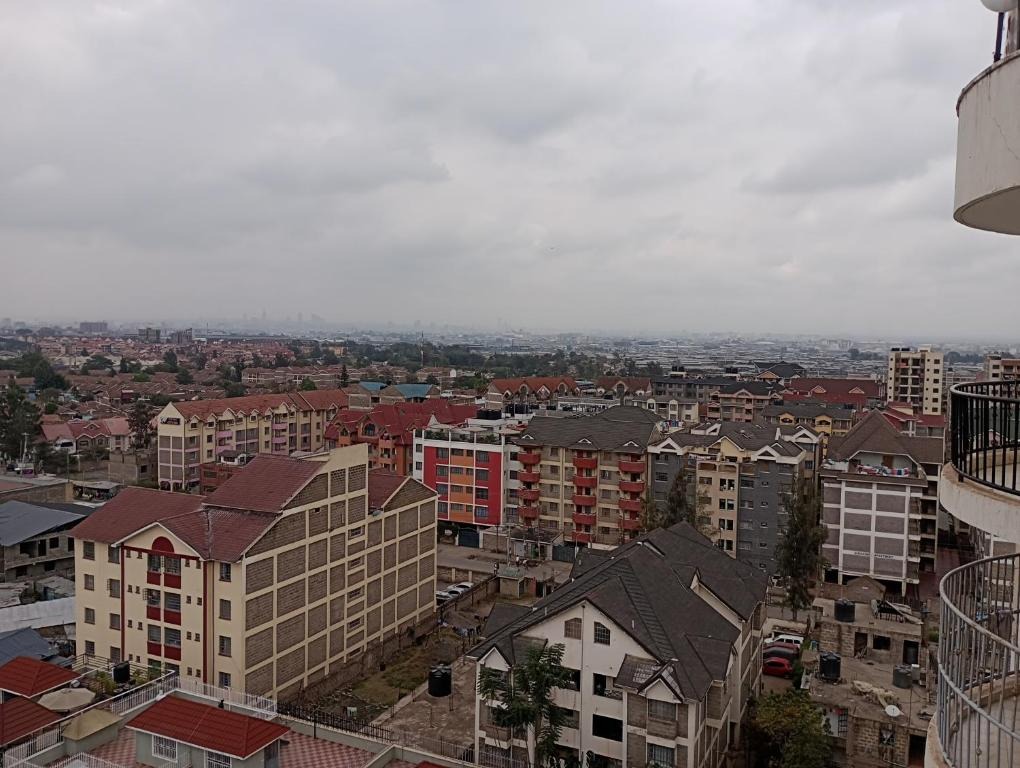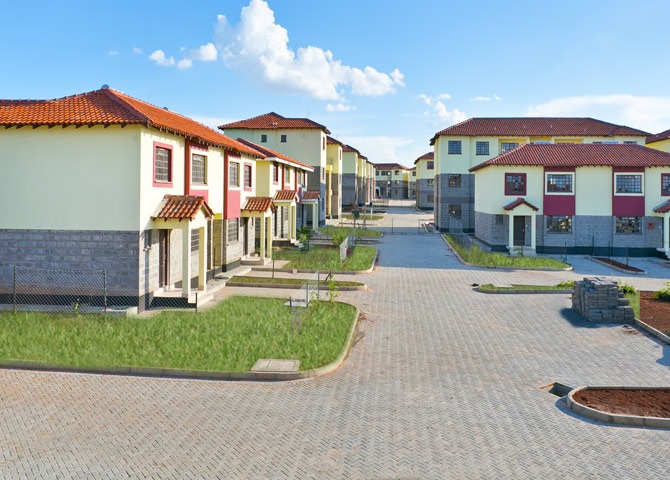
The global housing market is a dynamic ecosystem influenced by a myriad of factors, including economic conditions, demographic shifts, and regulatory policies. Understanding the current trends shaping housing markets worldwide is essential for investors, policymakers, and individuals alike. In this comparative analysis, we delve into key trends across regions, highlighting similarities, differences, and potential implications.
Economic Outlook and Affordability

Economic conditions play a significant role in shaping housing market trends. In many regions, low-interest rates and robust economic growth have fueled demand for housing, driving up prices in urban centers and metropolitan areas. However, affordability remains a concern, particularly in markets with high levels of income inequality and limited supply. In contrast, some regions are experiencing stagnant or declining housing markets due to economic challenges, such as recessionary pressures or currency devaluation.
Urbanization and Population Growth
Urbanization and population growth are driving forces behind housing market dynamics. As populations continue to concentrate in urban areas, demand for housing in cities and metropolitan regions is on the rise. This trend is particularly evident in emerging markets, where rapid urbanization is accompanied by a growing middle class seeking homeownership opportunities. In contrast, some developed markets are experiencing a shift towards suburban and rural areas as remote work and lifestyle preferences reshape housing demand.
Technology and Innovation
Technology is revolutionizing the housing market, transforming how properties are bought, sold, and managed. Digital platforms, artificial intelligence, and blockchain technology are enabling greater transparency, efficiency, and accessibility in real estate transactions. Moreover, innovations such as modular construction and sustainable building practices are driving cost savings and environmental sustainability in housing development. Embracing technological advancements is essential for staying competitive and meeting the evolving needs of today’s homebuyers and renters.
Regulatory Environment
The regulatory environment significantly influences housing market trends, shaping factors such as affordability, supply, and investment opportunities. Policies related to zoning regulations, land use, taxation, and rental regulations vary widely across regions and can have a profound impact on housing market dynamics. Moreover, government interventions, such as stimulus measures or housing subsidies, can influence demand and supply dynamics, affecting prices and affordability levels.
Environmental Sustainability
Environmental sustainability is increasingly becoming a priority in the housing market, driven by concerns over climate change and resource depletion. Green building standards, energy-efficient technologies, and sustainable urban planning are gaining traction as stakeholders seek to reduce carbon emissions and minimize environmental impact. Incentives for sustainable development, such as tax credits or certification programs, are encouraging developers and homeowners to adopt environmentally friendly practices.
Conclusion

In conclusion, the global housing market is characterized by a diverse range of trends and dynamics, shaped by economic, demographic, technological, and regulatory factors. While some trends, such as urbanization and technological innovation, are driving growth and transformation, others, such as affordability challenges and environmental sustainability, pose significant challenges for policymakers and stakeholders. By staying informed and adaptable, stakeholders can navigate the complexities of the global housing market and capitalize on emerging opportunities for investment and development.







